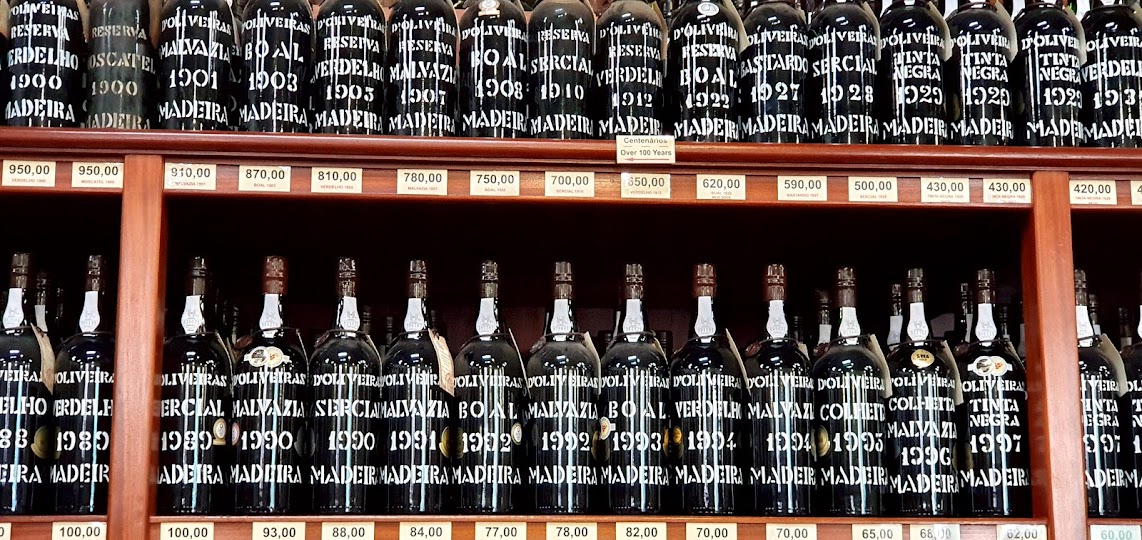 |
| Thank you Peter McCombie MW |
Spanish Monastrell sold about 16m liters of wine in 2022, the last year for which data is available. Of this, roughly one third is red, 25% is white and the rest is split between rosé, sparkling and liquor.
Four bottles out of five are consumed domestically in Spain, with a bit less than 20% exported, mainly to Germany, United States, Poland, the Netherlands and the UK. China's thirst is growing for this like for many European wines and it is already importing well over 100k liters.
In Spain Monastrell is the 6th most planted variety, with some 4% of total vined area, a percentage which rises to almost 8% if only red grapes are considered.
In terms of geographical distribution, Monastrell is planted mostly in the south-east of the country. Murcia captures almost half with 16k hectares, followed by Castilla-La Mancha (40%) and Comunidad Valenciana (15%). It used to be more widespread across the country before the phylloxera plague of the XIX century, but during the XX century it fell out of favor in the central and northern parts of the country. The reason for this is that this variety has turned out to be particularly well suited to hot and dry climates as one is likely to find in southern Spain.
Over the last one hundred years or so, it has been planted in considerable amounts in Australia and in the US.
The name Monastrell comes from the Latin and it indicates the important role played by monasteries in the development of viticulture especially after the definitive eviction of the Arab invaders from the Iberian peninsula.
We tasted recent vintages and in my opinion all these wines are ready to drink now with limited aging potential.
The masterclass was let by well known Master of Wine Peter McCrombie with his usual verve.
 |
| Ready, set, go Monastrell! |
Here below are my tasting notes of the wines proposed to us in this masterclass:
Seven months in French oak.
A fruity wine with moderate intensity. Rough corners that may be smoothed out with a few years in the bottle. Score 85
Similar to the previous wine, red fruits and herbs organic production. Score 85
Biodynamic production. An intense start gives way to a balanced and long wine. High altitude (900+ masl) and calcareous soil. 14 months in old wood. Score 89
Fifty-seven-year-old vines produce a complex, perfectly balanced wine with a long, smooth ending. Twelve months in old and new Allier barrels help as well. Sore 90.
Ungrafted very old vines, over sixty-year-old, and organic production at 800 masl. American oak helps make for a smooth wine with lingering fruity notes. Score 90
70% Monastrell, 30% cabernet sauvignon
Deep ruby red, high concentration, complex aromas and almost jammy at end. High abv (15.5%!) Twenty-four months in oak. Score 88
Biodynamic, 43yo vines at 850 masl. One year in new Allier oak. Intense, balanced and complex. The best wine today. Score 92
Fruit with a touch of sweet. Moderate structure and balance. Moderate length. Score 90

No comments:
Post a Comment
Please leave your comments here! Thank you!